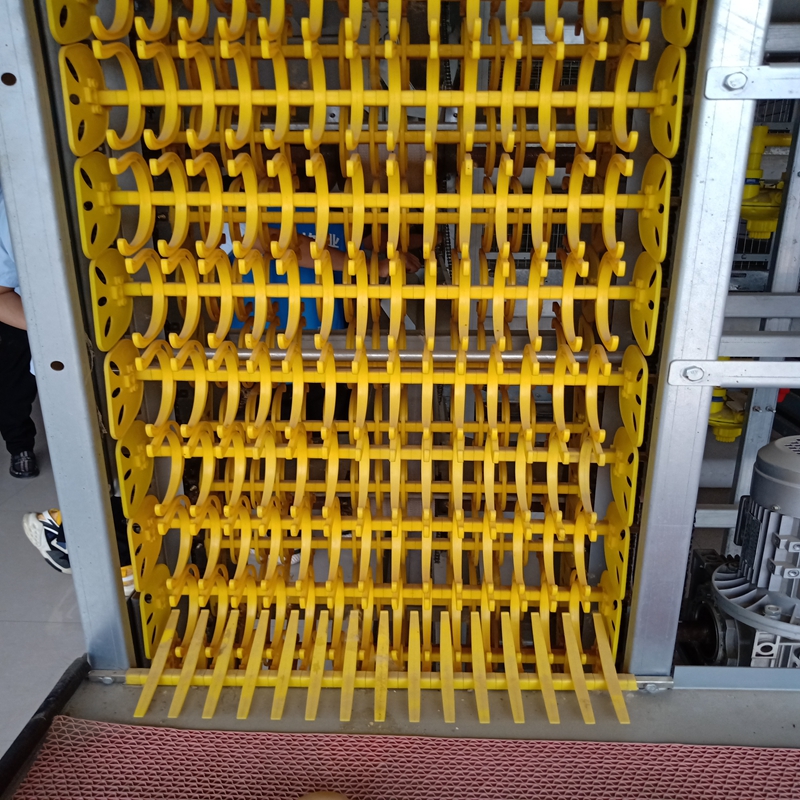cage chicken layer
Nov . 20, 2024 20:16 Back to list
cage chicken layer
The Benefits of Cage Systems for Layer Chickens
In the poultry industry, the debate surrounding the housing of layer chickens has sparked significant discussion among farmers, animal welfare advocates, and consumers. Among various housing systems, cage systems have been widely adopted due to their efficiency and productivity. This article delves into the advantages and considerations associated with cage systems for layer chickens, demonstrating why they continue to play a vital role in modern poultry farming.
1. Space Optimization and Production Efficiency
One of the primary benefits of cage systems is their ability to optimize space, allowing for higher stocking density without compromising animal welfare. Traditional free-range systems require more land and resources, which can be impractical for large-scale operations. In contrast, cage systems enable farmers to house more birds in a controlled environment, leading to increased egg production per square foot. Studies show that cage systems can enhance egg-laying rates, with hens in these environments laying approximately 20-30% more eggs compared to their free-range counterparts.
2. Health and Biosecurity Advantages
Cage systems offer significant health benefits for layer chickens. By keeping the birds confined, the risk of disease transmission is reduced, minimizing the chances of outbreaks that can devastate flocks. For instance, in cage environments, the direct contact between flocks is limited, leading to lower incidences of avian influenza and other contagious diseases. This controlled setting allows for easier monitoring of the birds' health, making it simpler to identify and treat sick individuals promptly.
Additionally, cleaning and disinfecting cage systems is more straightforward compared to traditional barn setups. The structure of cages allows for easier waste management and reduces the spread of pathogens within the flock. The regular maintenance of a clean environment is crucial for optimal hen health and, consequently, higher egg production.
3. Improved Feed Conversion Ratios
cage chicken layer

Cage systems contribute to more efficient feed conversion ratios (FCR). When hens are kept in cages, they experience reduced stress and competition for food compared to free-range systems, where external factors can disrupt feeding patterns. Efficient feeding translates into more eggs produced per unit of feed, which is a critical factor for the economic viability of poultry farms. Improved FCR not only benefits farmers financially but also contributes to sustainability by reducing the ecological footprint associated with feed production.
4. Enhanced Egg Quality
The quality of eggs produced in cage systems is often superior due to the controlled living conditions of the hens. Factors such as consistent access to food, clean water, and minimal stress contribute to better egg quality. Eggs from cage-farmed hens are more likely to have thicker shells and better overall quality, appealing to consumers who prioritize freshness and quality in their purchases.
5. Addressing Animal Welfare Concerns
While there are numerous advantages to cage systems, it is essential to address the growing concerns surrounding animal welfare. Critics argue that confinement can lead to stress and behavioral issues in hens. However, advancements in cage design, such as enriched cages that provide more space, perches, and nest boxes, aim to mitigate these concerns. Many poultry farmers are now adopting enriched cage systems that comply with stricter welfare regulations, balancing productivity with the ethical treatment of animals.
Conclusion
Cage systems for layer chickens present numerous advantages, including improved production efficiency, better health management, enhanced feed conversion ratios, and superior egg quality. While it is essential to continue addressing animal welfare concerns, the advancements in cage design demonstrate a commitment to providing a balance between productivity and humane treatment. As the poultry industry evolves, cage systems will likely remain a cornerstone of effective and efficient egg production, meeting the needs of consumers while ensuring the welfare of the hens.
-
Hot Sale 24 & 18 Door Rabbit Cages - Premium Breeding Solutions
NewsJul.25,2025
-
Automatic Feeding Line System Pan Feeder Nipple Drinker - Anping County Yize Metal Products Co., Ltd.
NewsJul.21,2025
-
Automatic Feeding Line System Pan Feeder Nipple Drinker - Anping County Yize Metal Products Co., Ltd.
NewsJul.21,2025
-
Automatic Feeding Line System - Anping Yize | Precision & Nipple
NewsJul.21,2025
-
Automatic Feeding Line System - Anping Yize | Precision & Nipple
NewsJul.21,2025
-
Automatic Feeding Line System-Anping County Yize Metal Products Co., Ltd.|Efficient Feed Distribution&Customized Animal Farming Solutions
NewsJul.21,2025






